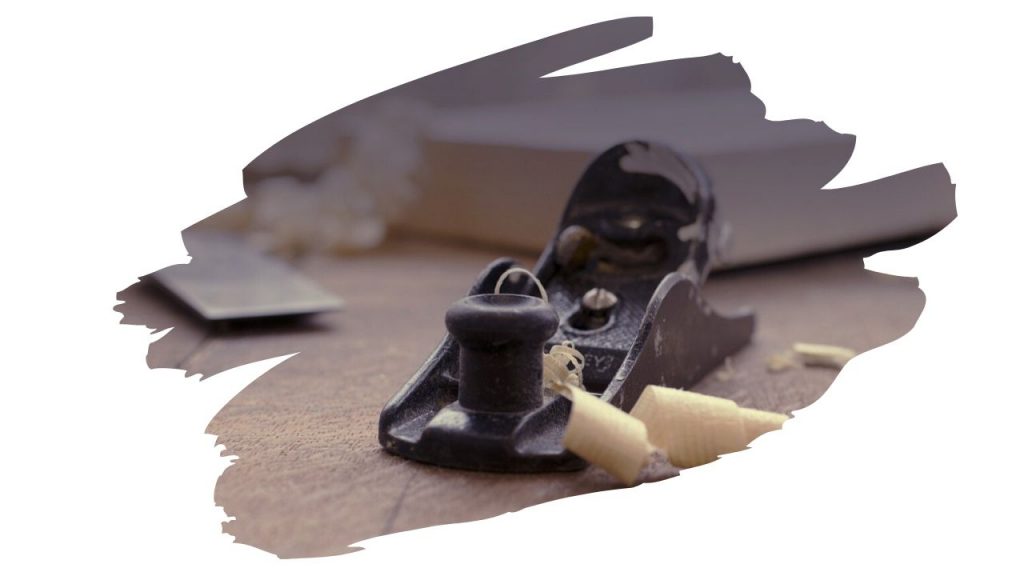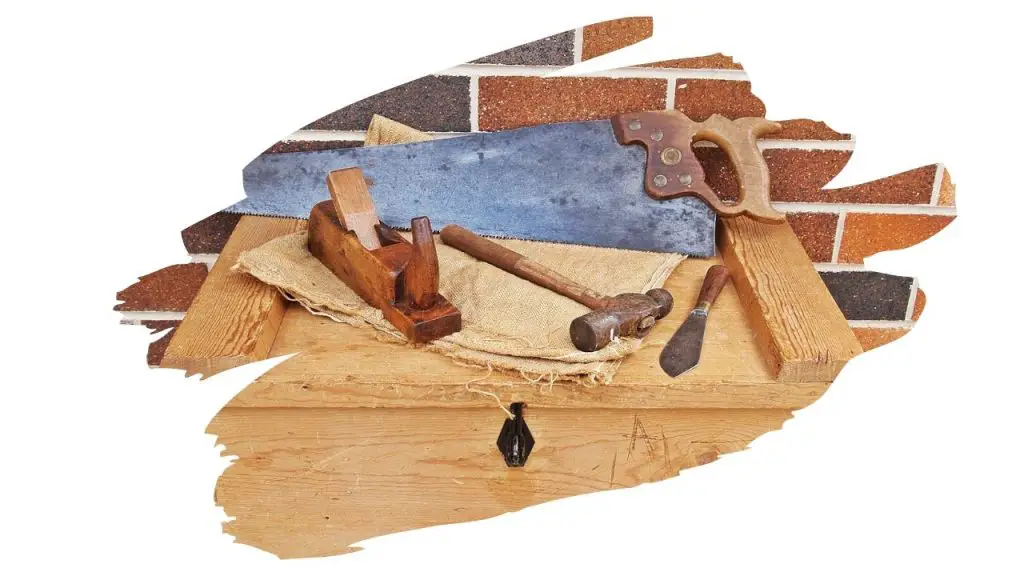If you’ve ever worked on rough lumber, then you probably already know a little bit about a planers and jointers.
Whether you are building large furniture pieces, or making small gifts, jointers and planers can help you make quick work of straightening and smoothing down timber.
But lets say that for one reason or another, you can’t access a jointer or a planer right now. Does that mean you can still make a success out of your next woodwork project?
Short answer? Yes, you can – but you may need to stretch your budget a little bit next time you pop round to the lumber yard.
If you purchase S4S (surface four sides) hardwood boards, you can get rough lumber that has already been prepared, planed and straightened for you. However, S4S wood is often pricier than rough discount lumber.
Still, more often than not, even S4S hardwood will need at least a little extra work to fine-tune it for your projects exact specifications.
And if you simply don’t have the budget right now for S4S boards, then what other options are there?
Keep reading to find out…

This post may contain affiliate links to products that we receive a commission for (at no additional cost to you). Learn more here.
The answer to whether you need a jointer and a planer seems simple enough… in an ideal world you would have both in your toolkit.
But, deciding whether you need a jointer and/or a planer actually depends on what kind of woodwork project you’re working on.
That is because jointers and planers are used to accomplish two related, yet very different, tasks.
What is a jointer used for?
When you buy boards from your local hardware store, you will notice that the wood tends to be all twisted up – a far cry from the smooth level planed wood you ideally want to work on.
The reason for this is simple; Moisture.
Trees have a lot of water in them. And when they’re logged and cut down into small sized boards, these moisture filled boards need to be air-dried completely before they can be used.
Now, wood is quite malleable when it comes to moisture. Wood will expand as it takes in moisture, and then shrink as it dries and hardens.
That expansion and shrinking process is what causes wood to twist and warp.
If wood is thoroughly dried – and then stored away from high humidity environments – then you can greatly minimize that warping effect.
However, there will always be some measure of distortion in hardwood boards.
So then, coming back to the original question, the job of a jointer tool is to flatten out all of those warps and twists in the wood.
In other words, you need to straighten out rough lumber with a jointer prior to using a planer.

Do you really need a jointer?
In my opinion, if you want to save yourself a lot of frustration and time, then you should try to get your hands on a decent jointer.
If money issues are holding you back from getting a jointer tool, then you could consider purchasing a second hand jointer.
Online classified websites such as Facebook Marketplace and Craigslist are a great way to find used workshop tools locally.
On the other hand, if you have a set of hand planes in your toolbox – coupled with a decent table saw – then you don’t need to bother with a jointer. You can get rough lumber flat enough for use with a combination of just the planes and the table saw.
Can you plane wood without a planer?
Yes, but it will take a little bit of elbow grease (and a good dose of ingenuity).
If you don’t have a planer, then here are a couple of alternatives you can try;
Sandpaper
This will be a very time intensive way to plane out the surface of the wood grain.
However, if you are working on a compact craft such as a small gift box, then using coarse sandpaper, (and applying some pressure as you sand), can be a viable alternative to a planer.
Routers
You can opt to use a router as a planer. You would need to construct a router sled like the one in the video below first. But once you set it up, it will get the job done!
Final Thoughts
So do you really need a jointer and planer? No you don’t.
But only if you are willing to substitute in some alternative woodwork tools, opt for S4S hardwood, and you are ready to put in a little bit of extra effort.



